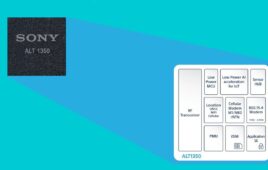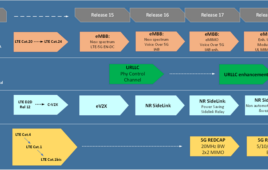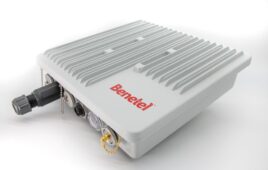President Obama’s trade representative on Saturday vetoed a ban on imports of some Apple iPads and older iPhones, dealing a setback to rival South Korean electronics company Samsung.
U.S. Trade Representative Michael Froman overruled a June decision by the U.S. International Trade Commission, which had banned imports of the iPhone 4 and some variations of the iPad 2. The commission ruled that the Chinese-made Apple devices violated a patent held by Samsung and couldn’t be imported. The ban never went into effect, though, because the Obama administration had 60 days to decide if it would uphold the commission.
Obama is against import bans on the basis of the type of patent at issue in the Samsung case. The White House has recommended that Congress limit the ITC’s ability to impose import bans in these cases.
Samsung and Apple are in a global legal battle over smartphones. Apple argues Samsung’s Android phones copy vital iPhone features. Samsung is fighting back with its own complaints.
In an email, Apple spokeswoman Kristin Huguet said the company applauded the administration “for standing up for innovation.”
Samsung said in a statement late Saturday night that it was disappointed in Froman’s ruling, saying the ITC “correctly recognized that Samsung has been negotiating in good faith, and that Apple remains unwilling to take a license.”
Froman wrote in a letter to the commission that he has concerns about patent holders getting too much leverage over competitors that use their technology under licenses.
Companies license patented technology to competitors so the devices can communicate as part of an industry standard for cellphones. Under the “standards-essential patent” legal theory prevailing in federal courts, holders of such patents are obligated to license them to all comers on “fair, reasonable and non-discriminatory” terms.
U.S. courts have ruled that such patents cannot be the basis for import bans. The International Trade Commission follows a different standard than the courts, but the Obama administration wants it to adhere to the same principles.
Froman wrote that he shares the Obama administration’s concerns that the holders of standards-essential patents could get “undue leverage” over their competitors.
Last year, a federal court ruled that Samsung owed Apple $1 billion in damages for infringing on non-essential Apple patents. But the judge refused to impose an import ban on Samsung phones and later struck $450 million from the verdict, saying the jurors miscalculated. The case is set for a rematch in appeals court.
Samsung is the world’s largest maker of smartphones. Analysts estimate it outsold Apple nearly 2 to 1 in the first three months of the year. However, Apple’s smartphone business is more profitable
The iPhone 4 was launched in 2010 and is the oldest iPhone still sold by Apple. The ITC ruling applied only to the AT&T version of the phone. Apple is likely to retire the model.
Apple launched the iPad 2 in 2011. The ruling applies only to the version equipped with a cellular modem for AT&T’s network.
The ruling also applies to older iPhones, though these are no longer sold by Apple.




